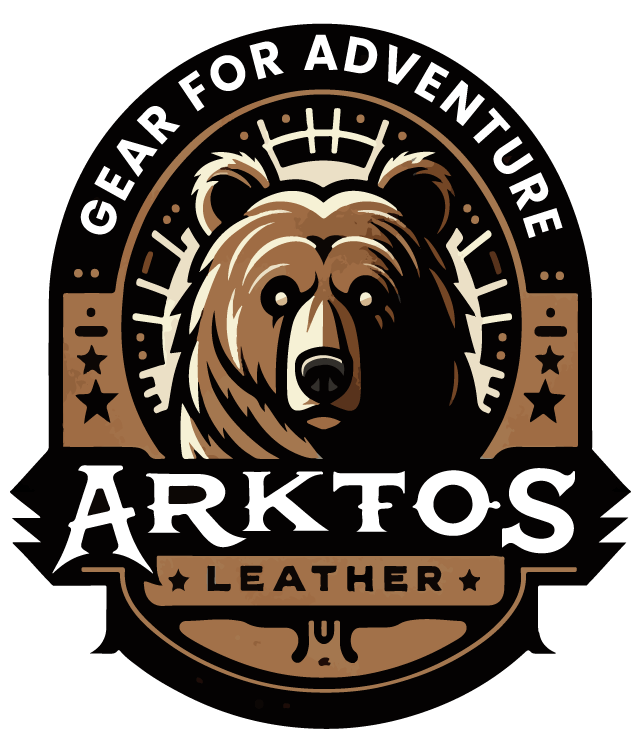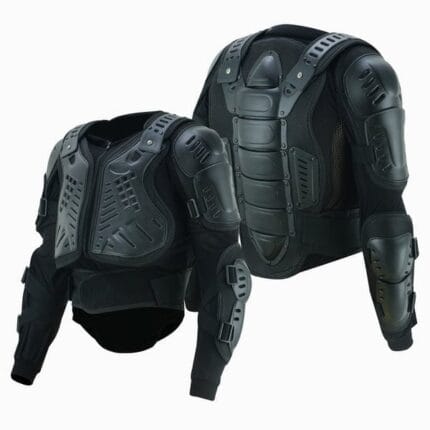As motorcyclists navigate the open road, safety becomes a paramount concern. Motorcycle body armor serves as a crucial shield, offering riders protection against potential impacts and abrasions. This comprehensive guide explores the significance, types, and the indispensable role that motorcycle body armor plays in ensuring the well-being of riders on their two-wheeled adventures.
The Importance of Motorcycle Body Armor
The thrill of riding comes with inherent risks, making protective gear a non-negotiable aspect of the motorcycling experience. Motorcycle body armor goes beyond being a safety accessory; it is a vital component that significantly reduces the risk of injury in case of accidents.
Minimizing Impact Injuries
The primary purpose of motorcycle body armor is to minimize the impact of injuries sustained during accidents. By providing additional protection to critical areas like the chest, back, shoulders, and limbs, it acts as a shield against the forces generated in collisions or falls.
Enhancing Rider Confidence
Wearing body armor instills a sense of confidence in riders, allowing them to fully enjoy the thrill of the ride. Knowing that they are equipped with protective gear fosters a safer and more secure riding experience.
Types of Motorcycle Body Armor
1. Chest and Back Protectors
Designed to protect the chest and back areas, these armor pieces are typically made from high-impact materials. They provide a crucial layer of defense against impacts and abrasions, ensuring vital organs and the spine are shielded.
2. Shoulder and Elbow Armor
The shoulders and elbows are vulnerable areas during a motorcycle accident. Armor for these regions is crafted to absorb and distribute impact forces, reducing the risk of fractures and abrasions.
3. Knee and Leg Protectors
Knee and leg protectors are essential for safeguarding the lower extremities. Constructed with sturdy materials, they provide crucial support to the knees and legs, reducing the risk of injuries during crashes or slides.
4. Full Bodysuits
For maximum protection, some riders opt for full bodysuits that cover the torso, limbs, and often include a back protector. These suits are comprehensive in their coverage, offering an all-encompassing shield against impact and abrasions.
Choosing the Right Motorcycle Body Armor
Selecting the appropriate motorcycle body armor involves considering fit, coverage, and the level of protection required. Here are essential factors to guide your choice:
1. Fit and Comfort
A proper fit is crucial for the effectiveness of body armor. Look for armor that conforms to your body shape without restricting movement. Consider features like adjustable straps and ventilation for enhanced comfort during rides.
2. Coverage and Impact Protection
Evaluate the coverage offered by the body armor. Depending on your riding style and preferences, choose armor that provides adequate protection to the chest, back, shoulders, elbows, knees, and legs. Check for impact protection certifications to ensure the armor meets safety standards.
3. Material and Durability
The materials used in the construction of body armor play a significant role in its effectiveness. Opt for armor made from durable, abrasion-resistant materials that can withstand the rigors of riding. Check for CE certifications, indicating compliance with safety standards.
The Indispensable Role of Motorcycle Body Armor
A Shield Against the Unpredictable
In the unpredictable world of motorcycling, body armor serves as a shield, mitigating the impact of unforeseen accidents. It acts as a vital line of defense, reducing the severity of injuries and potentially saving lives.
Empowering Riders to Explore
Motorcycle body armor empowers riders to explore the open road with confidence. By providing a layer of protection, it encourages riders to embrace the freedom of motorcycling while prioritizing their safety.
Motorcycle body armor is not just gear; it’s a shield that stands between riders and potential harm. As you embark on your next adventure, let your choice of body armor be a testament to your commitment to safety, ensuring that the thrill of the ride is accompanied by the assurance of protection.


